Why You Crash at 3 PM and The Simple Fix You Haven’t Tried
You know the feeling. It’s sometime between 2 and 4 in the afternoon, and suddenly, a switch flips. Your brain feels like it’s full of cotton, your eyelids feel heavy, and the only thing you can think about is a nap or a giant, sugary coffee. It’s the dreaded afternoon slump, and almost everyone I’ve ever worked with—from construction workers to software engineers—knows it well.
In this article
So many people blame themselves, thinking they’re just lazy or undisciplined. But honestly? It’s not a personal failing. It’s just biology. Your body is sending you a clear signal, and the trick is learning how to read it and respond with the right kind of fuel, not just a quick fix that leads to another crash an hour later.
Instead of just giving you a boring list of ‘superfoods,’ we’re going to get to the root of the problem. We’ll break down why the slump happens in the first place and then I’ll share the most effective strategy I use with my clients. It’s a simple framework you can remember as PFF: Protein, Fat, and Fiber.
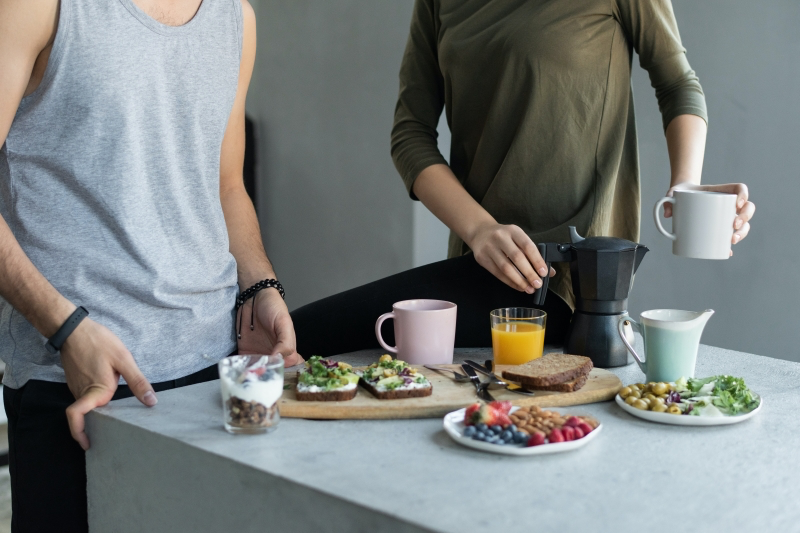
The Real Reason You’re So Tired
So what’s really going on here? It’s usually a one-two punch of your natural body clock and a wild blood sugar rollercoaster.
Your body has an internal rhythm that makes you naturally a little less alert in the early afternoon, about eight hours after you wake up. This is a normal dip. But when you combine that natural lull with a poor lunch choice, it becomes a full-blown crash. This brings us to the biggest culprit: blood sugar.
Think of your energy like a campfire. To keep it burning steadily, you need solid logs. If you just throw on twigs and paper, you get a big flash of flame that dies out in minutes, leaving you cold. In your body, simple carbs—like the sugar in your soda, white bread, or that bag of chips—are the twigs. They cause a massive spike in blood sugar, followed by a huge hormonal overcorrection that makes it crash. That crash is the brain fog and exhaustion you feel.
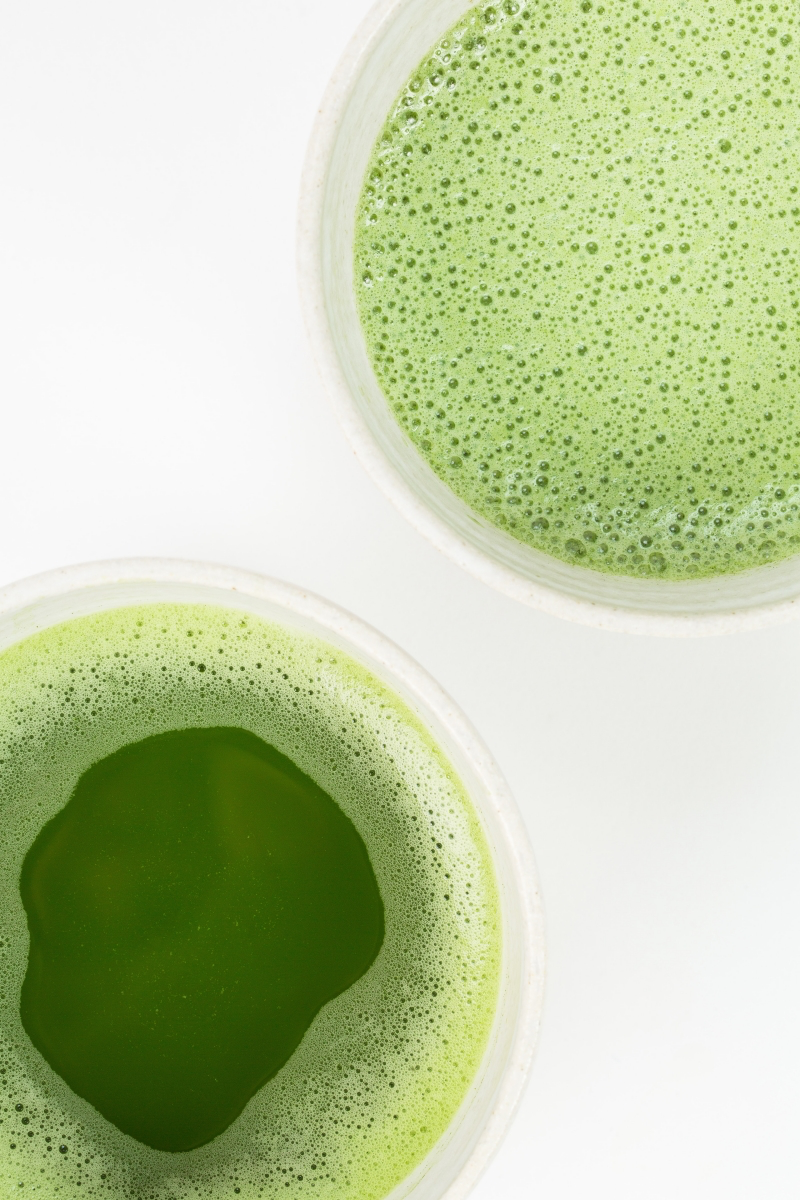
Complex carbs, on the other hand, are the logs. Found in whole grains, veggies, and beans, they release energy slowly and steadily, keeping your fire burning for hours.
The PFF Method: Your Toolkit for All-Day Energy
This is the single most effective strategy I teach. A snack or meal built on the PFF combination—Protein, Fat, and Fiber—is the secret to stable blood sugar and an afternoon free of slumps. It’s how you put a solid log on your internal fire. For a good afternoon snack, you should aim for something in the 200-350 calorie range to tide you over without wrecking your dinner.
- Protein: This is what makes you feel full and satisfied. It also slows down how quickly your body absorbs carbs.
- Healthy Fat: This is your slowest-burning fuel. Including healthy fats from sources like nuts, seeds, or avocado is key for long-lasting energy.
- Fiber: This is the brake pedal for your digestion. It prevents that rapid sugar absorption that causes the spike-and-crash cycle.
By the way, if you have allergies or just don’t like certain foods, don’t worry. The PFF formula is flexible. For nut-free options, you can get healthy fats from seeds (sunflower or pumpkin) or avocado. For dairy-free protein, try hummus, edamame, or a quality soy-based yogurt.
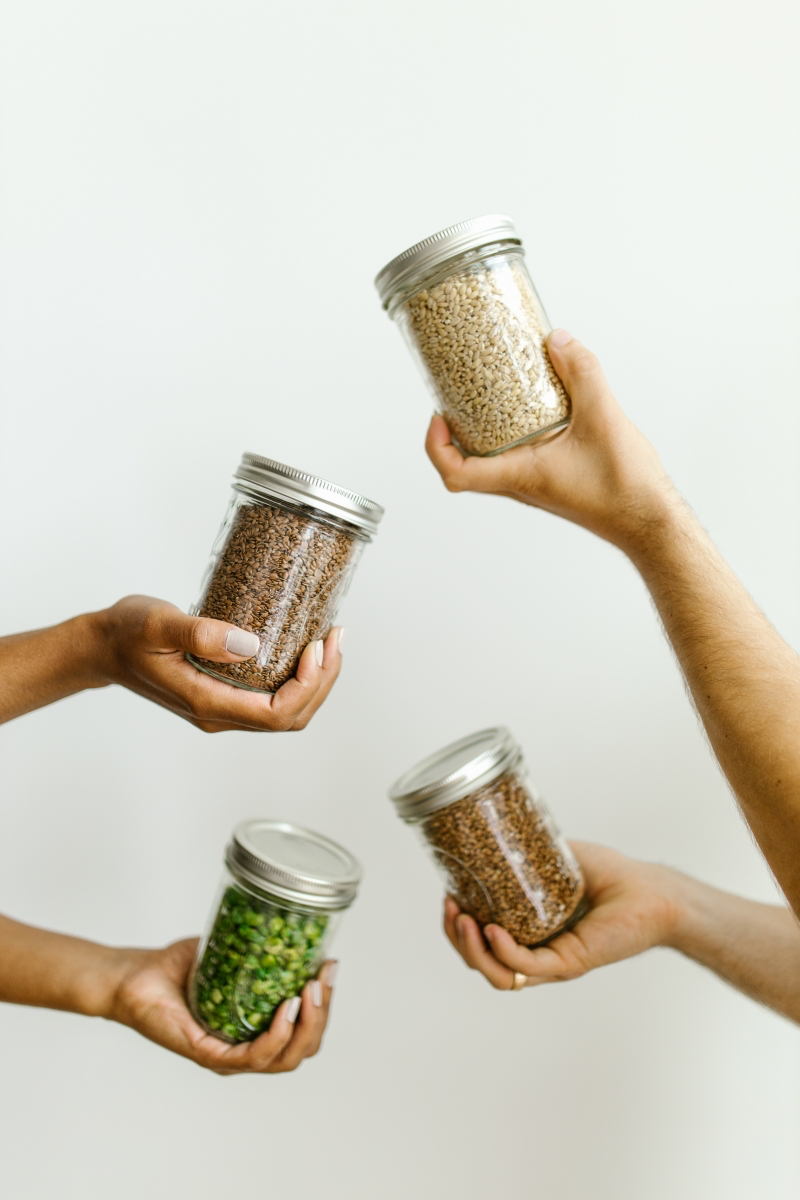
PFF Snack Upgrades in Action
Let’s look at the difference this makes. A candy bar or a pastry might give you a quick 30-minute buzz, but you’ll be starving and foggy again in under an hour. A PFF snack, like an apple with peanut butter, provides steady, focused energy for a solid 2-3 hours. It’s a game-changer. Here’s how to upgrade some common snacks.
1. The Apple (and how to make it last)
I can’t tell you how many people tell me they eat an apple for a snack and are starving 45 minutes later. It’s not their fault! An apple on its own has fiber, sure, but it’s missing the protein and fat to make it stick.
The PFF Upgrade: Pair those apple slices with a tablespoon or two of peanut or almond butter. Bam. You now have Fiber from the apple, plus Protein and Fat from the nut butter. This simple combo will keep you going for hours. A quick tip: always go for the natural nut butters where the ingredients are just nuts and salt. The low-fat versions often replace the healthy fat with sugar, which completely defeats the purpose.
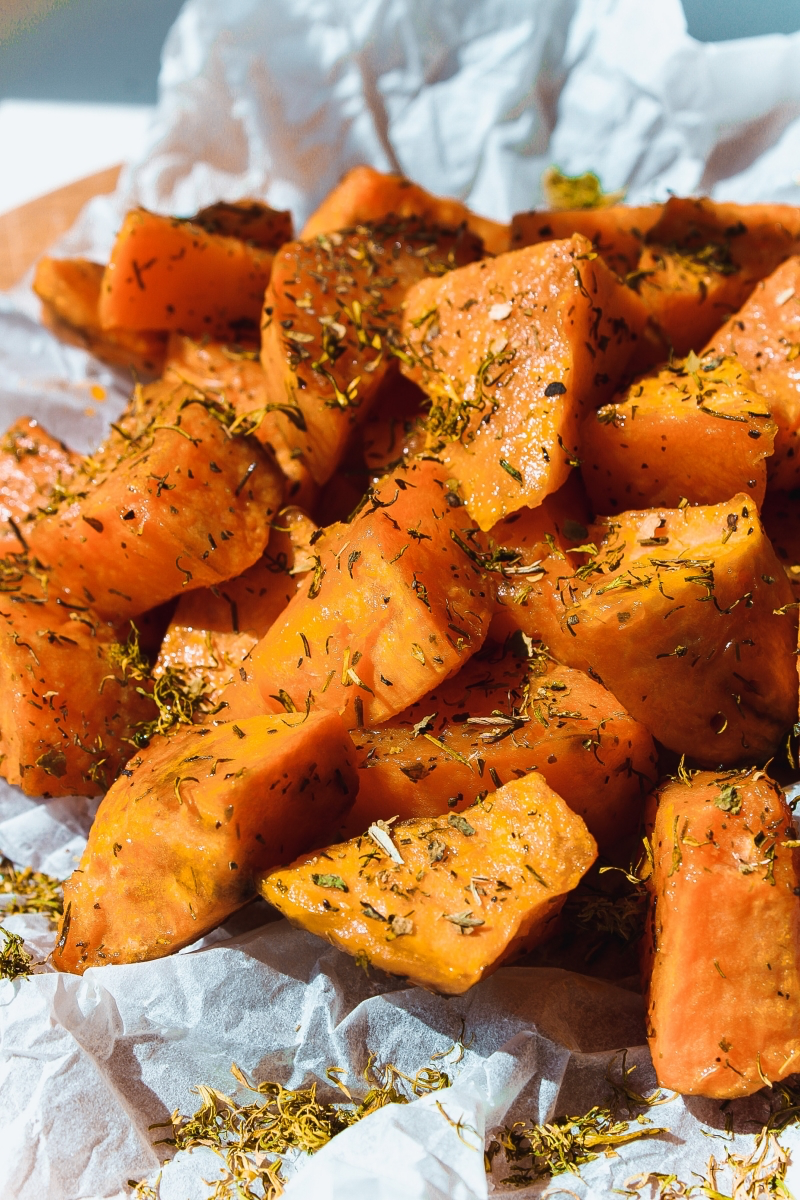
2. Greek Yogurt (and avoiding the sugar trap)
Greek yogurt is an amazing protein base. But the yogurt aisle is a minefield of sugar. Many flavored yogurts have more sugar than a soda. Yikes.
The PFF Upgrade: Start with plain, unsweetened Greek yogurt (2% or full-fat is best for that feeling of fullness). That’s your Protein. Add a handful of berries for Fiber and a sprinkle of walnuts or chia seeds for healthy Fats. You’ve just built the perfect PFF snack and you’re in total control of the sugar content.
3. Roasted Chickpeas (for when you need a crunch)
If you’re craving something salty and crunchy like chips, this is your new best friend. Chickpeas are loaded with both Protein and Fiber.
The PFF Upgrade: You can buy these, but they are incredibly easy and cheap to make at home. Get a can of chickpeas (they usually run about $1-$2), rinse and dry them well, then toss them with a tablespoon of olive oil (your Fat) and your favorite spices. Roast them at 400°F (200°C) for about 20-30 minutes, shaking the pan halfway through, until they’re golden and crispy. Make a big batch for the week!
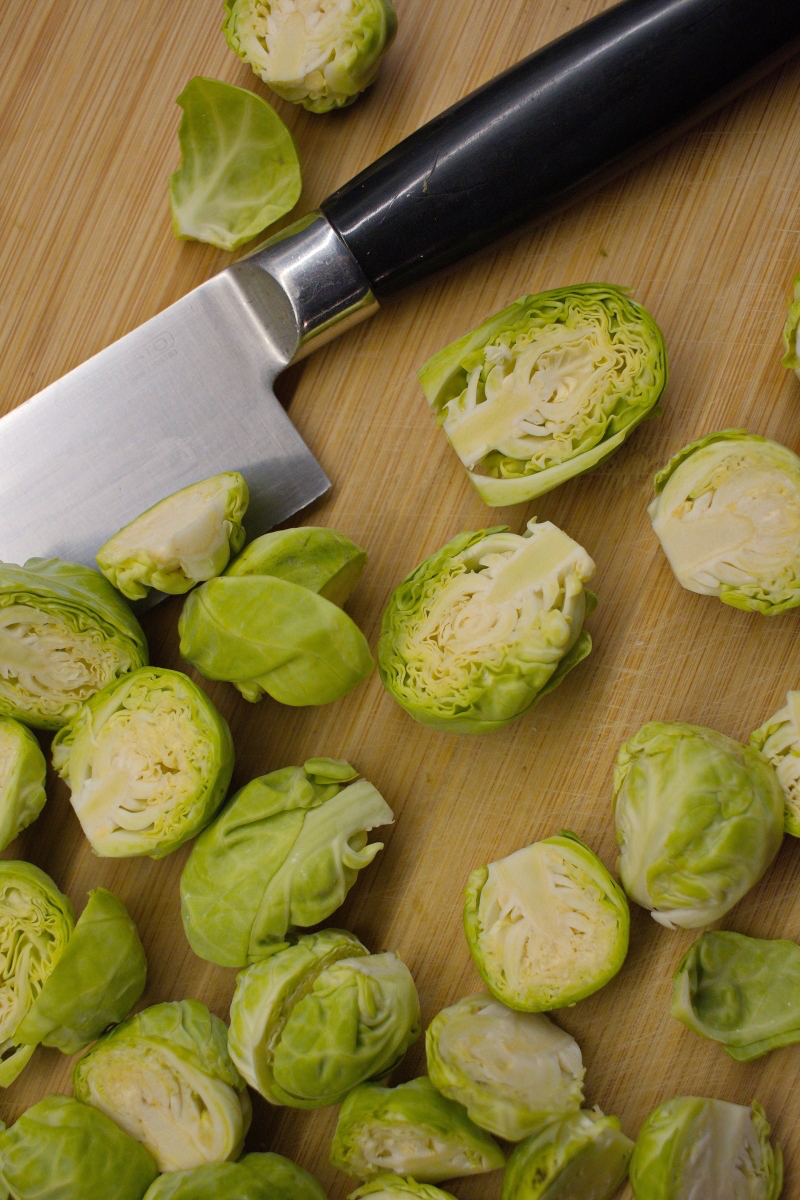
4. Avocado Toast (and making it a mini-meal)
Avocado on toast is a great start—plenty of healthy fats and fiber. But we can make it even more powerful.
The PFF Upgrade: First, use a good foundation. A slice of 100% whole-grain or sprouted-grain bread is best. (Good to know: sprouted grains can be easier to digest and have more nutrients. Look for them in the freezer aisle or health food section). The avocado gives you Fat and Fiber. Now, for the Protein: top it with a sliced hard-boiled egg, a sprinkle of hemp seeds, or even some smoked salmon. Now it’s a true energy-sustaining snack.
Making It Happen in Your Busy Life
Knowing what to do is one thing, but actually doing it is another. Here are some real-world tips to make this a habit.
First, Drink Water. Seriously. Mild dehydration feels almost exactly like hunger and fatigue. The next time you feel the slump coming on, drink a big glass of water and wait 15 minutes. Half the time, that’s all you needed. If you’re still feeling it after that, it’s time for your PFF snack.

Time It Right. Don’t wait until you’re already crashing and desperate. That’s when the vending machine wins. Plan to have your snack preemptively, about 2.5 to 3 hours after lunch. If you eat lunch at noon, have your snack around 2:30 or 3:00 PM to head off the crash before it starts.
Embrace the ‘Snack Prep Sunday’. The biggest hurdle is often just having the right food on hand. Spend 20 minutes on Sunday prepping for the week. You can portion out nuts into small bags, boil a few eggs, or whip up a batch of those roasted chickpeas. This makes grabbing a smart option just as easy as grabbing a bag of pretzels.
When The Slump Won’t Quit
If you’ve nailed your PFF snack and you’re still exhausted, it’s time to zoom out and look at the bigger picture.
Your afternoon snack can’t save you from a terrible lunch. A giant bowl of pasta or a greasy burger and fries will set you up for a crash no matter what. Make sure your lunch also has a good balance of protein, fat, and fiber.
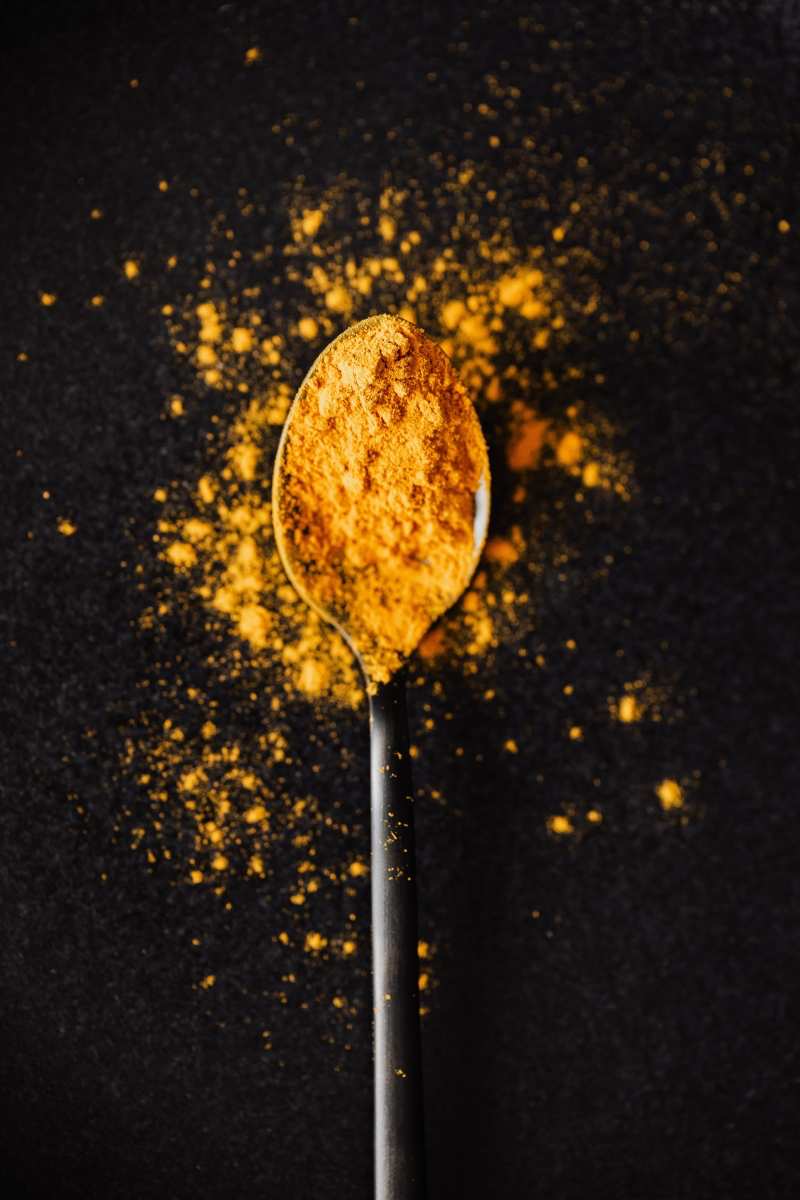
And I have to be blunt about this: no food on earth can fix chronic sleep deprivation. If you’re not getting 7-9 hours of quality sleep, your hormones that control hunger and fullness will be out of whack, making you crave sugar and feel exhausted. Sleep has to be your foundation.
Finally, consider stress. Chronic stress keeps your body in a low-grade ‘fight or flight’ mode, which is utterly draining. Sometimes the best ‘snack’ is a five-minute walk outside or a few deep breaths away from your screen. It can work wonders.
Ready for a Change? Try This.
This advice is for generally healthy folks looking to get their energy back. Of course, if you have a medical condition like diabetes or a thyroid issue, you should always work with your doctor on a plan that’s right for you. And please be mindful of any food allergies!
Building a new habit takes a little time, so be patient with yourself. To see how powerful this is, try a little experiment. I call it the One-Week PFF Challenge. For the next five workdays, have one of these balanced snacks in the afternoon. Don’t change anything else. Just make that one swap. I have a feeling you’ll be pleasantly surprised by how much better you feel. Your 3 PM self will thank you.
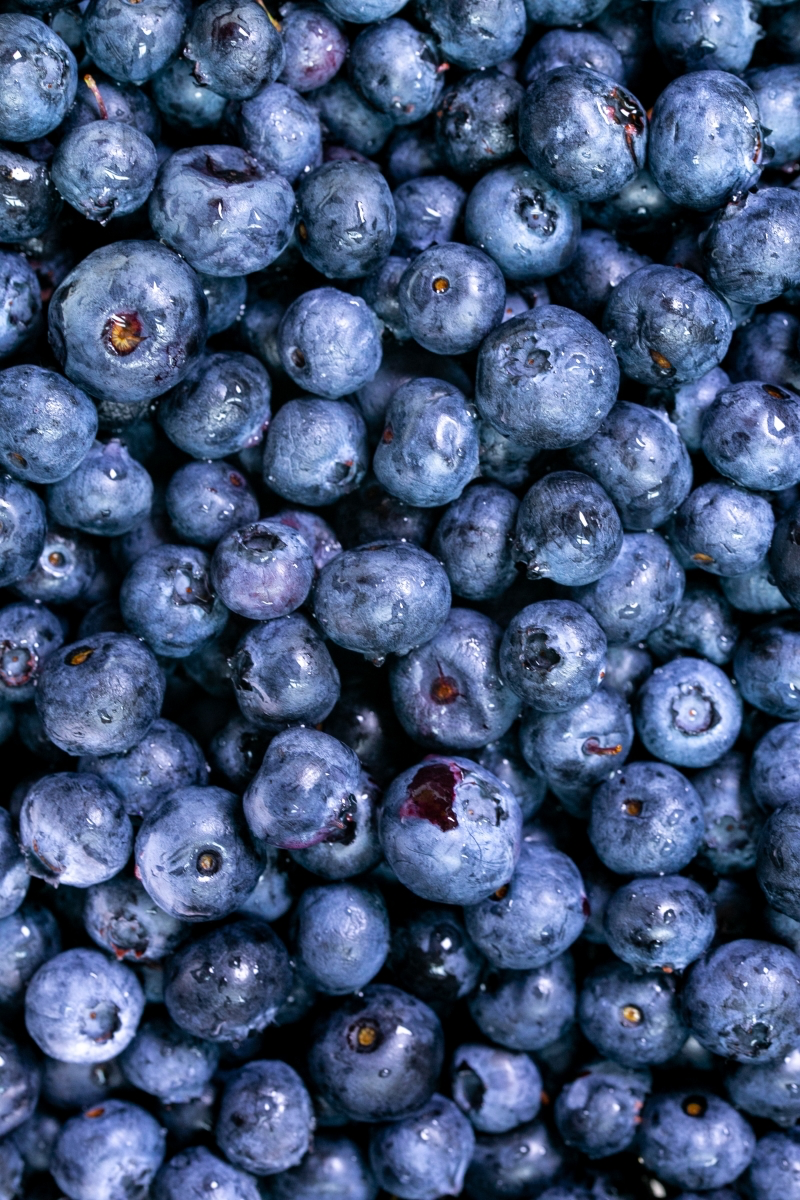
Inspiration:
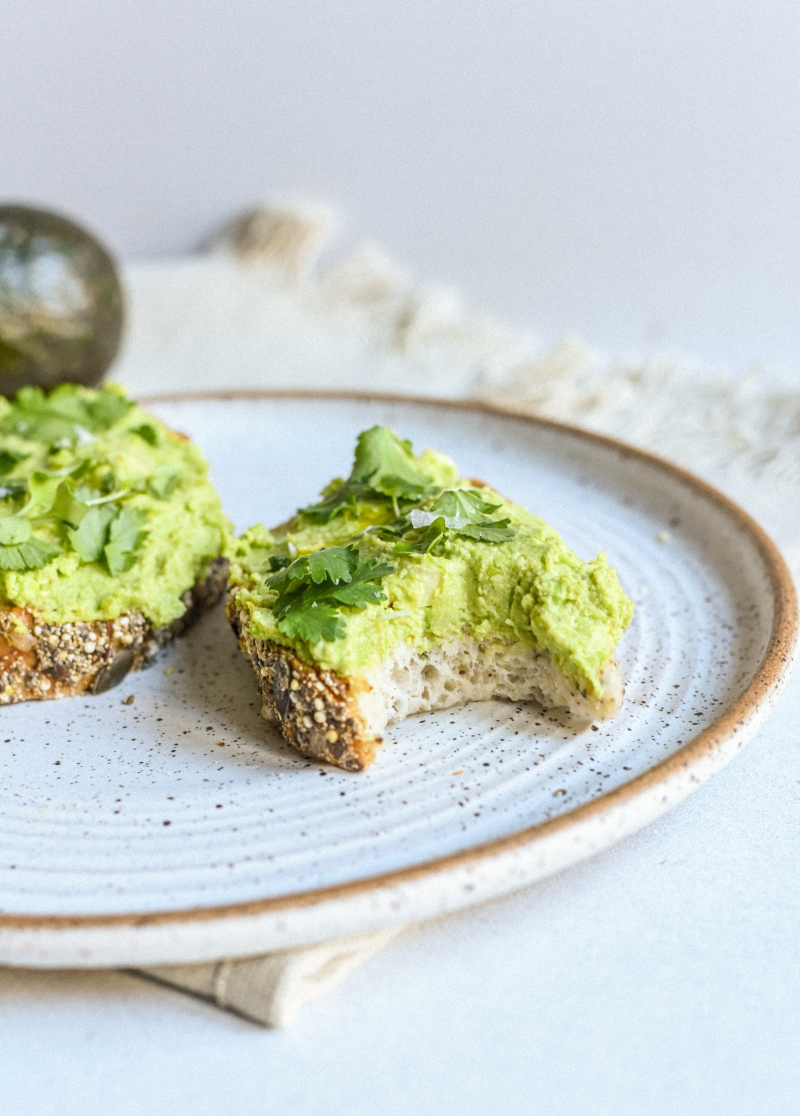
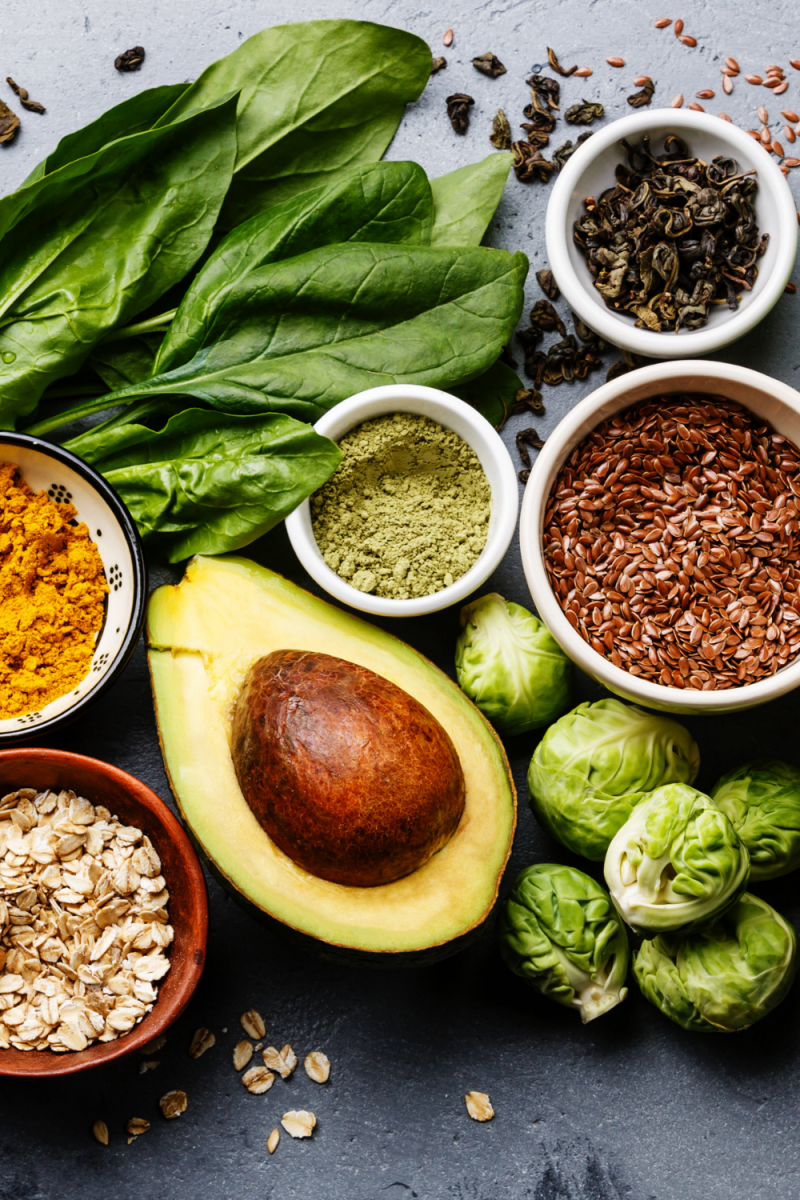
I’m choosing a healthy snack, so why am I still crashing?
It’s a common trap: you grab a banana, a fruit-only smoothie, or a low-fat flavored yogurt, thinking you’re making a smart choice. While these are healthier than a candy bar, many are high in sugar and lack the protein and healthy fats needed to prevent a blood sugar spike. That seemingly innocent fruit smoothie can send your energy levels on the same rollercoaster as a can of soda. The key isn’t just ‘healthy,’ it’s ‘balanced.’ Next time, add a spoonful of almond butter to your banana or choose a plain Greek yogurt like Fage Total 2% and add your own berries.
Even mild dehydration of just 1-2% can significantly impair cognitive functions like concentration and short-term memory.
Before you even think about food, drink a large glass of water. Often, the brain mistakes thirst for hunger and fatigue. Keep a reusable water bottle on your desk and try infusing it with cucumber and mint for a refreshing, spa-like boost. For a warm, caffeine-free alternative, a cup of herbal tea, such as Pukka’s Lemon, Ginger & Manuka Honey, can be both hydrating and soothing, helping you reset without the jitters of coffee.










